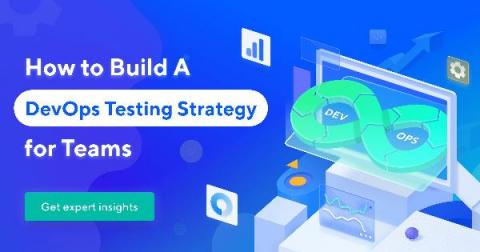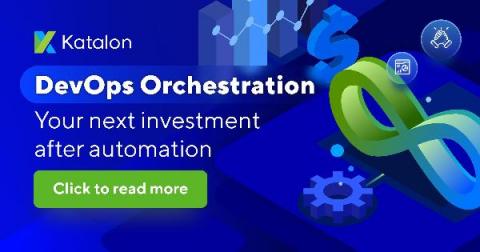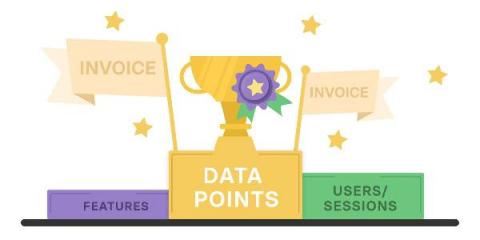Top 7 Paraphrasing Tools to Write SEO Friendly Articles
An effective SEO strategy requires you to create unique and SEO-friendly articles and blog posts consistently. This is the only way for you to make your blog seem relevant in the eyes of the search engines. But creating unique content is not always easy. Every content writer has to face at least some degree of writer’s block at some point in their writing journey. If you are going through the same problem and you are feeling stuck, then using paraphrasing tools can be quite helpful for you.











